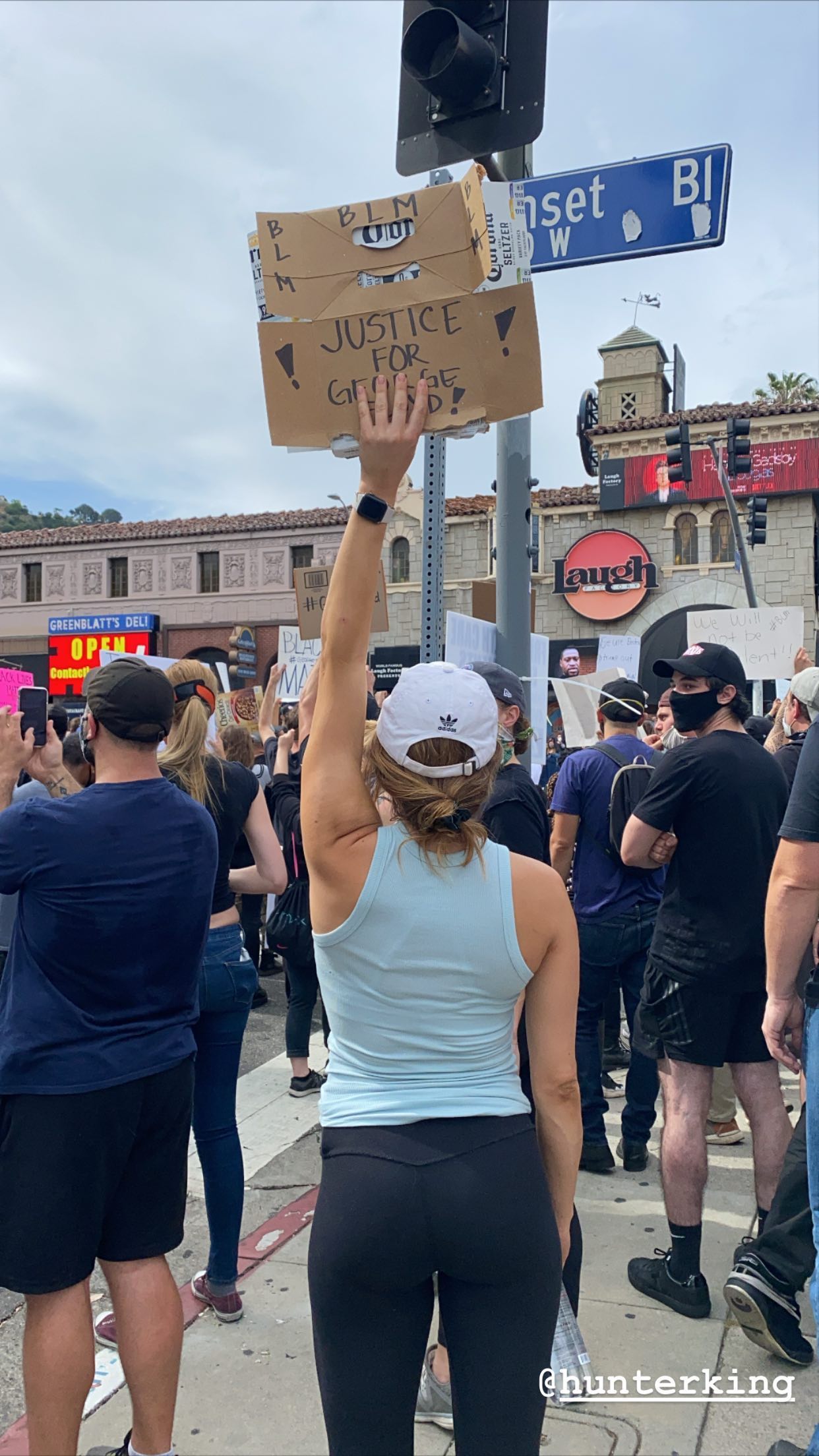ADVERTISEMENT
Urban Legends of Poisoned Halloween Candy
ross-merrill - September 23, 2016
Every year before Halloween, parents hear the warnings from police and hospitals: Check your children's trick-or-treat candy! It could be poisoned! But it isn't. And it never has been. We only think of poisoned candy as a threat because a few actual deaths occurred on or after Halloween, the news media immediately blamed tampered candy and/or doctors misread the initial tests, and the story spread as a cautionary tale.
As far as I can tell, there have been only two cases in all of American history of intentionally tampered candy causing harm to a child. One was virtually harmless and no cause for alarm. The other doesn't fit the legend because the poisoner wasn't a stranger, and the candy wasn't from trick-or-treating.
Here are the incidents everyone is referring to when they talk about "poisoned Halloween candy."
Heroin
Two days after Halloween, a five-year-old child in Detroit died of a heroin overdose. The police analyzed the boy's trick-or-treat candy and found traces of heroin. That was all the media needed to trumpet the story of a grisly Halloween murder.
What actually happened was that the child had found his uncle's stash of heroin and eaten it. His parents, in an effort to protect the uncle from prison, put the heroin on the candy after the fact. (I can't find what happened to the parents, but I'm guessing they weren't thrown a parade). So this famous case 1)was an accident, 2)happened at home, 3)and had nothing to do with candy or even Halloween in general.
Natural Causes
At least three children died suddenly on or right after Halloween night, prompting authorities to initially suspect tampered candy. The truth was far less nefarious, though no less tragic: In 1978, a two-year-old boy in Flint, Michigan died of natural causes. In 1990, a seven-year-old girl in Santa Monica, California, died due to an enlarged heart, a condition her parents knew about and told to police. In 2001, a four-year-old girl in Vancouver died of a streptococcus infection.
In that last case, before police knew the cause, they advised parents all over the city to throw out their Halloween candy, ruining the holiday for a lot of kids. And the media was eager to connect any child's death on Halloween to stories of evil poisoners with a desire to kill random children...in an easily traceable way.
Doctor's Mistakes
A kid gets sick on Halloween and is taken to the hospital. If the doctor declares the cause to be poison, you better believe the local press will jump on the story. But doctors sometimes make mistakes or rush to judgment.
In 1982, a 15-year-old in Michigan became violently ill after eating Halloween candy. His doctor suspected cyanide poisoning, and when tests were positive, police launched an investigation. In reality, the tests hadn't even been conducted yet. The lab had sent a response: "Cyanide poisoning pos," meaning possible, but the doctor had interpreted it to be short for positive. When the test was actually conducted, no cyanide was found.
In 1994, A doctor in Connecticut initially diagnosed a three-year-old boy with cocaine poisoning right after Halloween. The police started an investigation and the press became interested. A week later, tests found no traces of cocaine on the piece of candy he had eaten.
Needles
Finally, a case that actually happened! Once. To one kid. Whose wound was so small he didn't even go to a doctor.
In 2000, Minneapolis man Joseph Smith allegedly put needles in Snickers bars he handed out. As mentioned, one child was slightly injured. Smith was charged with one count of "adulterating a substance with intent to cause death, harm, or illness." Not exactly the deranged Halloween killer of urban legends.
Cold-Blooded Murder
There's one case of a child dying from intentionally poisoned candy. But trick-or-treating wasn't to blame.
On Halloween night in 1974, eight-year-old Timothy O'Bryan died in Texas. The cause was cyanide poisoning from Pixy Stix. The candy came not from trick-or-treating but from Ronald O'Bryan, the boy's father. He was $100,000 in debt and had taken out multiple life insurance policies on his two children (unbeknownst to his wife). He gave poisoned Pixy Stix to both children, and to three neighbor children to make the crime seem random. Ronald actually fed his child the poison candy, while -- miraculously -- none of the other children ate theirs.
O'Bryan tried to claim the candy came from a neighbor -- but the man turned out to be an air-traffic controller who wasn't home on Halloween night. Police then learned O'Bryan had held 21 jobs in the last ten years, he was about to be fired from his current one, and his was car was set to be repossessed.
The next year, he was convicted of one count of murder and four counts of attempted murder. In 1984, he was executed. 300 people cheered outside the prison as it happened, and some shouted "Trick or treat!" O'Bryan is now sometimes referred to as The Man Who Killed Halloween, since much of the panic and paranoia stems directly from his unthinkable crime.
Session expired
Please log in again. The login page will open in a new tab. After logging in you can close it and return to this page.




